What Are Some Fun Facts About Movies?
(By Carmichael Phillip)
 (Photo: Jon Tyson/Unsplash)
(Photo: Jon Tyson/Unsplash)
RELATED TOPICS:
What are 5 Interesting Facts About Acting?
What are 10 Interesting Facts About Acting?
What are 20 Interesting Facts About Acting?
Movies have been entertaining audiences for over a century, and during that time, the world of cinema has produced countless memorable moments, iconic stars, and fascinating trivia. Whether you’re a casual viewer or a dedicated film buff, there’s always something new and interesting to learn about the movies we love. Here are some fun facts about movies that might surprise you!
1. The First Movie Ever Made Was Only 2.11 Seconds Long
The very first motion picture in history was created by French inventor Louis Le Prince in 1888. The film, titled Roundhay Garden Scene, was shot in Leeds, England, and lasts just 2.11 seconds. It may be short, but it marked the beginning of a new era in entertainment!
2. Walt Disney Was Afraid of Mice
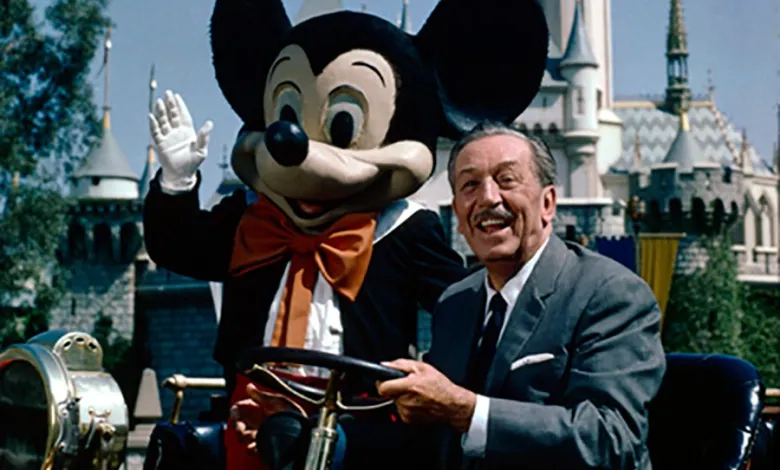
It may seem ironic considering he created Mickey Mouse, one of the most famous mice in history, but Walt Disney reportedly had a fear of real mice. He was so terrified of them that he avoided keeping them as pets, despite the fact that his name and legacy became synonymous with the iconic animated character.
3. The Wizard of Oz’s Ruby Slippers Were Originally Silver
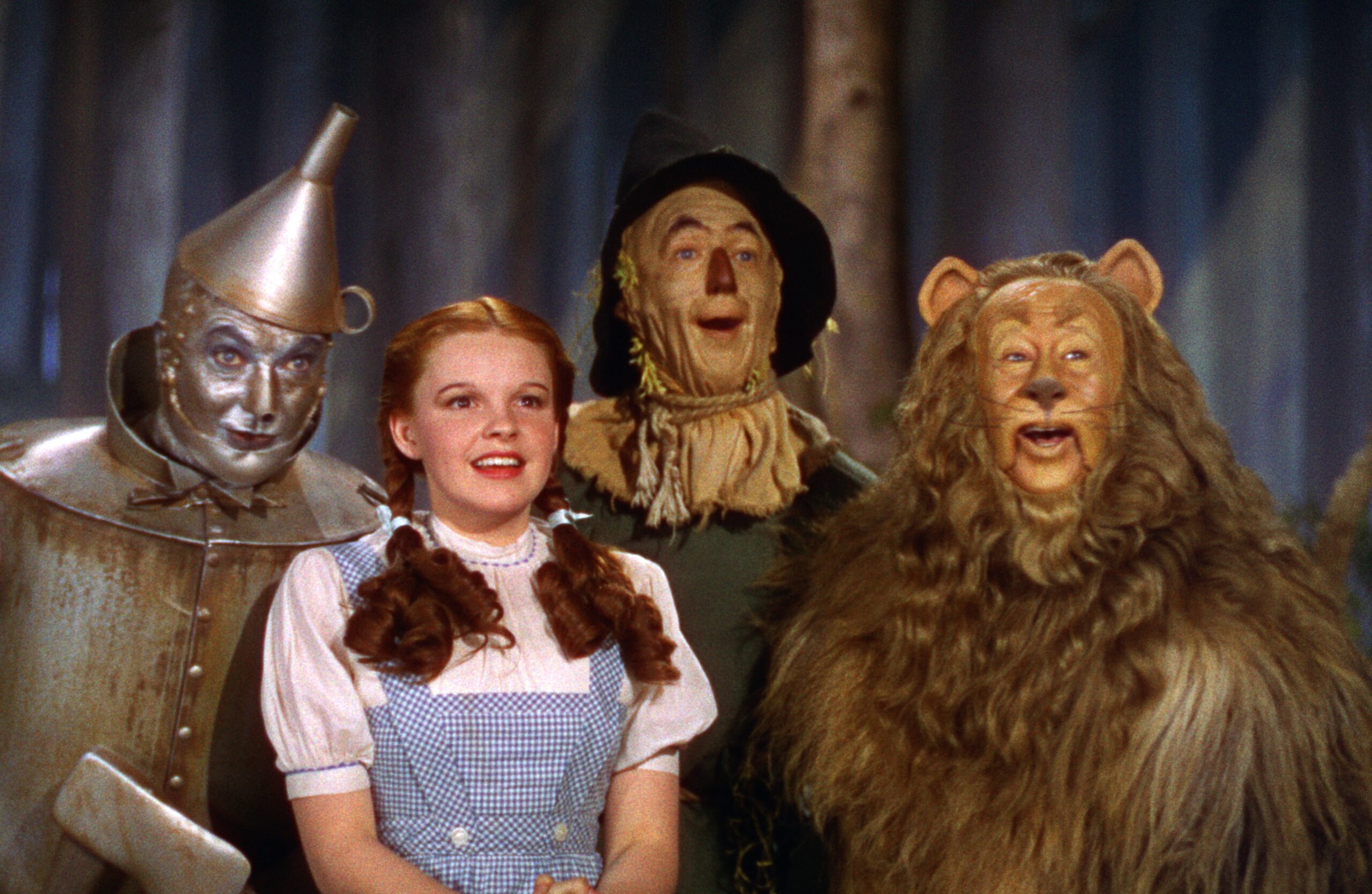
In the 1939 classic The Wizard of Oz, Dorothy’s iconic slippers were originally silver in the book. However, to take advantage of the vibrant Technicolor process, the filmmakers decided to change the color to ruby red. This change is now one of the most iconic aspects of the film and is forever associated with the character’s journey.
4. The Sound of Lightsabers Was Created by Accident
The iconic “whoosh” sound of a lightsaber in Star Wars was created by chance! Sound designer Ben Burtt accidentally discovered the sound while combining the hum of an old film projector with the sound of an unshielded microphone brushing against the metal of a television set. It’s one of the most recognizable sounds in film history, all thanks to a happy accident.
5. Titanic (1997) Was Nearly Four Hours Long
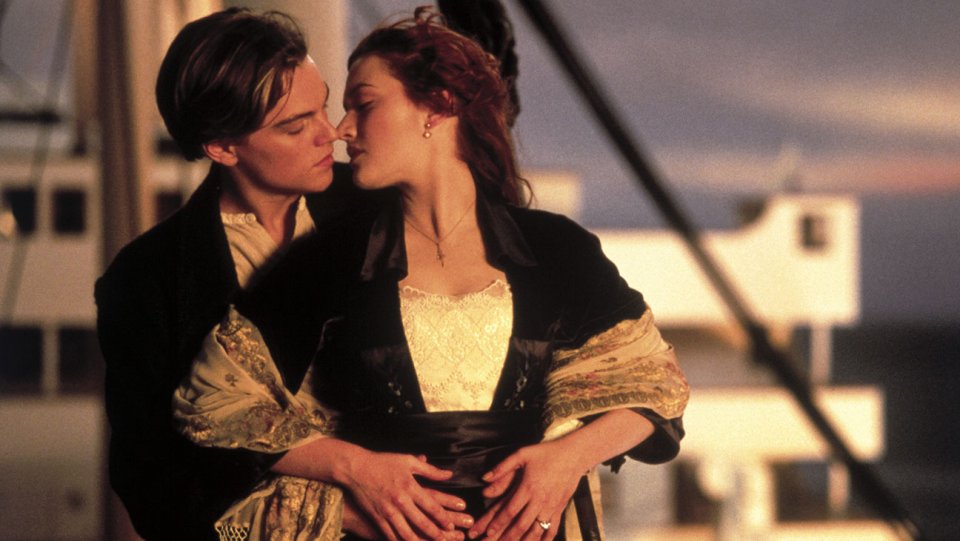
James Cameron’s epic Titanic was initially almost four hours long before it was edited down to a more manageable runtime. The director originally wanted to include even more scenes about the ship’s sinking and the characters’ backstories, but the studio decided to shorten the movie for a more theatrical release. Even at 195 minutes, Titanic was still a massive hit, becoming the highest-grossing film of all time until Avatar surpassed it.
6. The Most Expensive Movie Ever Made Is Not What You Think
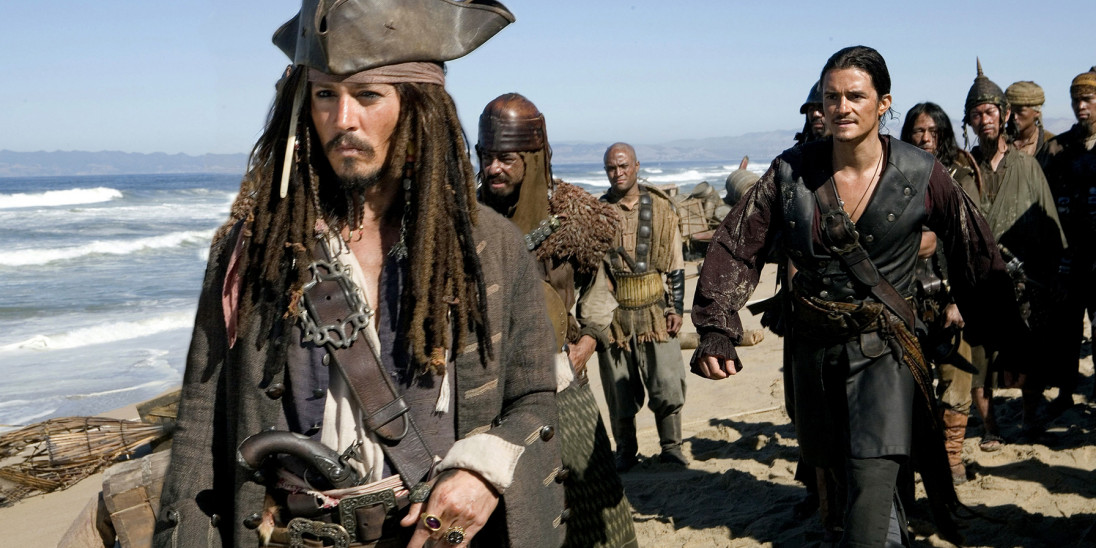
While many think Avatar (2009) or Avengers: Endgame (2019) are the most expensive films ever made, the title actually goes to Pirates of the Caribbean: On Stranger Tides (2011), which had an estimated production cost of around $379 million. This was partly due to the extensive use of special effects and the large scale of the production, including filming on location in Hawaii.
7. Movie Stunts Often Use Ingenious Tricks
In many movies, the jaw-dropping stunts you see aren’t as dangerous as they seem. For example, in the Mission: Impossible movies, Tom Cruise is known for doing many of his own stunts. In one particular scene, where he hangs from a building, he was suspended by a wire, and the effect was enhanced using visual tricks. It looks real, but there’s usually a lot of safety behind the scenes!
8. Jaws Was Almost a Disaster
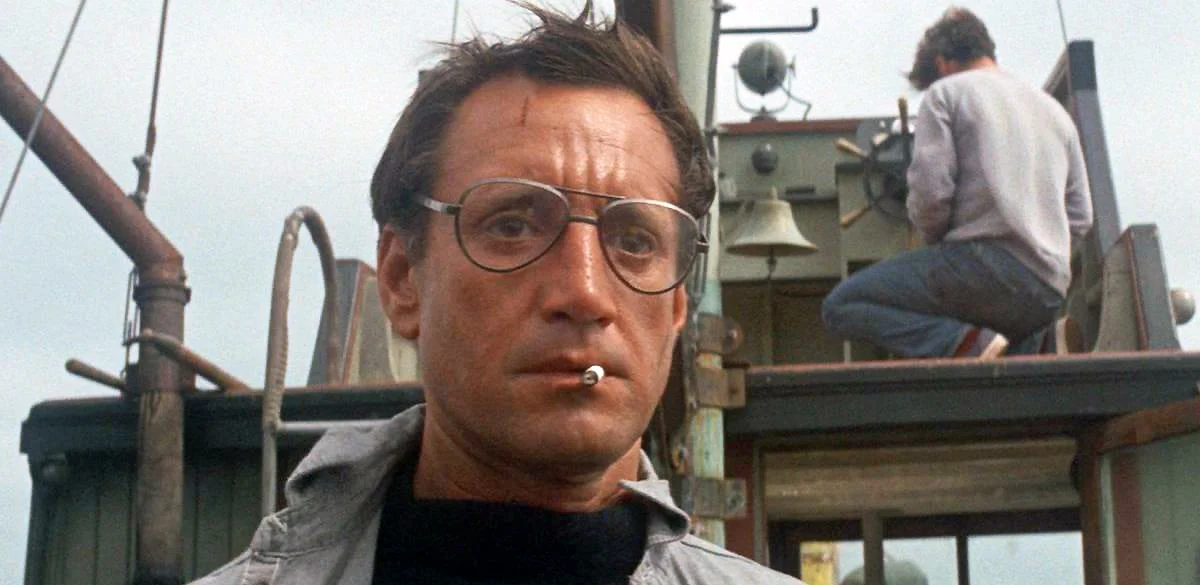
Steven Spielberg’s classic thriller Jaws (1975) almost became a disaster due to technical difficulties with the mechanical shark used in the film. The shark often malfunctioned, leaving Spielberg to improvise. The result? Fewer shots of the shark, which only heightened the tension and made the film more terrifying. It’s often cited as one of the best examples of how limitations can lead to creative solutions.
9. The “Wilhelm Scream” Appears in Over 400 Movies
The Wilhelm Scream is a famous sound effect that has been used in over 400 films. The scream originated from a 1951 movie called Distant Drums, and since then, it’s been inserted as an Easter egg in countless movies, especially in films produced by George Lucas and Steven Spielberg. It’s become a fun tradition for sound designers to sneak it into new movies.
10. A Movie’s Score Can Affect Your Emotions
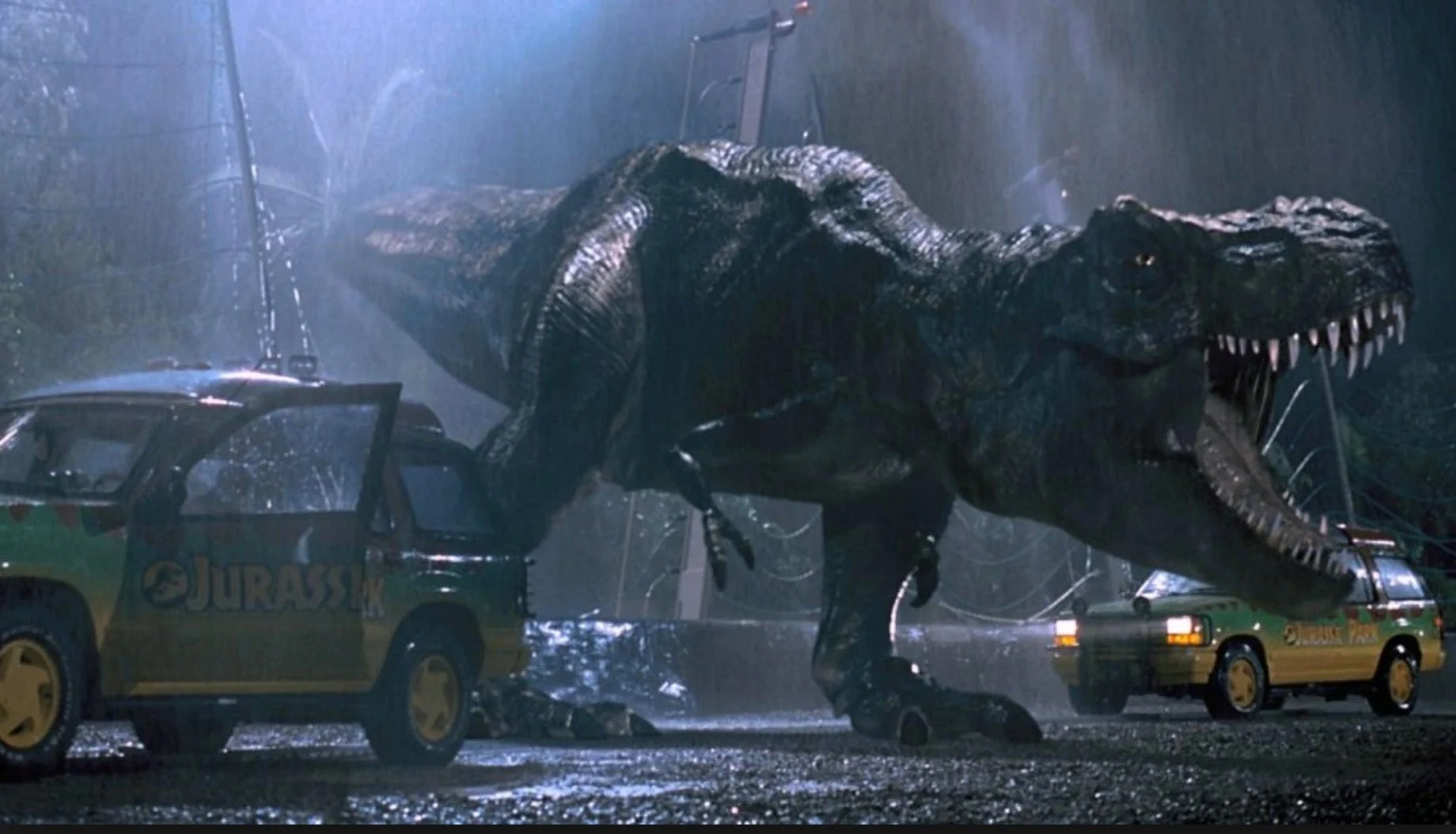
The music in a movie plays a crucial role in shaping the audience’s emotional response. Studies have shown that people tend to interpret a scene differently depending on the music that accompanies it. For example, a calm and serene scene can feel tense or ominous with a dramatic, suspenseful score. Composers like John Williams (known for Star Wars and Jurassic Park) have mastered this art, using music to manipulate emotions and enhance storytelling.
11. The Longest Movie Ever Made is 35 Hours Long
If you thought Lord of the Rings was long, consider this: the longest movie ever made is Logistics (2012), which has a runtime of 35 hours and 30 minutes! It follows the journey of a pedometer as it moves through different stages of the production process, from design to manufacturing to distribution. It’s not exactly a blockbuster, but it definitely holds the title for extreme filmmaking!
12. The Highest-Grossing Film Franchise Is Marvel Cinematic Universe (MCU)

The Marvel Cinematic Universe has become the highest-grossing film franchise of all time. With over $23 billion in global box office revenue, the MCU has produced a series of interconnected superhero films starting with Iron Man (2008). It has transformed how movies are made and how franchises can create entire cinematic universes.
Movies are a world full of hidden gems, surprising facts, and fascinating behind-the-scenes stories. Whether it’s the creativity behind a special effect, a memorable costume change, or an accidental discovery, cinema has a rich history of fun and quirky facts that make it an even more exciting world to explore. So, the next time you watch a movie, you might just have a few more fun facts to impress your friends with!
What is the Number 1 Most Successful Movie of All Time?
Exploring the global box office giant that shattered records and redefined cinematic history
(By Carmichael Phillip)
![]()
Defining “Most Successful” in Movie Terms
When it comes to deciding the most successful movie of all time, it depends on how success is defined. If we talk purely in terms of box office earnings, then the answer is clear. But when you factor in inflation, cultural impact, merchandise revenue, and franchise potential, the picture becomes more nuanced. Still, in terms of unadjusted global box office earnings, James Cameron’s Avatar currently reigns supreme as the highest-grossing film of all time.
The term “most successful” could also refer to critical acclaim or awards, but in the industry, success is often measured in dollars. With that standard in mind, let’s dive into the cinematic titan that took the world by storm—and continues to shape the landscape of blockbuster filmmaking.
Avatar: The Box Office King
Released in December 2009, Avatar is a sci-fi epic directed, written, and co-produced by James Cameron. It was a gamble—an original story with no built-in fanbase, starring relatively unknown actors, and relying heavily on a then-nascent 3D technology.
That gamble paid off.
Avatar grossed over $2.923 billion worldwide, making it the highest-grossing film in history as of 2025. It overtook Cameron’s previous record-holder, Titanic (1997), and temporarily lost the crown to Avengers: Endgame (2019), before reclaiming it after a strategic re-release in China.
James Cameron remarked, “I always knew Avatar was going to be something special, but the way audiences embraced it was beyond my imagination. It became more than a film—it became a phenomenon.”
Groundbreaking Technology and Immersive World-Building
Part of Avatar’s unprecedented success can be attributed to its technological innovation. Cameron waited years for technology to catch up to his vision. Once it did, the result was a stunning visual experience that transported viewers to the world of Pandora.
The film’s use of 3D was not a gimmick—it was integral to its storytelling. The immersive effects were so powerful that many theaters saw repeat viewers, with people returning not just once, but two or three times to experience the visuals again.
Steven Spielberg once said, “What Jim [Cameron] did with Avatar is change the game. It’s a visual opera, and audiences were hungry for that kind of adventure.”
A Universal Story with Global Appeal
While the visuals were dazzling, Avatar’s narrative also played a major role in its global appeal. The story—about the clash between colonizers and indigenous people—resonated across cultures.
Cameron wove themes of environmentalism, anti-imperialism, and spiritual harmony into a Hollywood epic, making it both accessible and thought-provoking. The Na’vi people, portrayed with dignity and depth, became symbols of resistance and harmony with nature.
In a 2010 interview, Cameron said, “I wanted to create a myth for our modern times, something that speaks to where we are and where we’re heading as a planet.”
Merchandising, Theme Parks, and Franchise Potential
Avatar’s success didn’t stop at the box office. Disney recognized its potential and struck a deal with Cameron to bring Pandora to life. In 2017, Pandora – The World of Avatar opened at Walt Disney World’s Animal Kingdom, becoming one of the park’s most popular attractions.
Meanwhile, Avatar has also grown into a franchise. Avatar: The Way of Water was released in 2022, earning over $2.3 billion globally and securing its place among the top-grossing films ever. More sequels are on the way, with Avatar 3 and 4 slated for future release.
Cameron explained, “This is not just one story—it’s a whole universe. We’ve only scratched the surface of what’s possible in Pandora.”
Comparing to Other Giants: Avengers: Endgame and Titanic
Though Avatar holds the top spot, it’s closely followed by other titans of the box office:
Avengers: Endgame (2019): This Marvel mega-event grossed approximately $2.798 billion, temporarily dethroning Avatar. Its success was fueled by a decade of interconnected films culminating in an emotional, high-stakes finale. The Russo Brothers commented, “It was a love letter to the fans who made the MCU possible.”
Titanic (1997): Cameron’s earlier masterpiece held the crown for over a decade with $2.2 billion in earnings. Its mix of romance, history, and disaster drama captivated global audiences. It also earned 11 Oscars, tying the record for most wins.
Each of these films changed the cinematic landscape and captured imaginations across generations. However, Avatar’s blend of originality, spectacle, and global resonance gave it an edge that remains unmatched.
Adjusted for Inflation: Is Gone with the Wind the Real King?
While Avatar tops the unadjusted box office list, it’s worth noting that 1939’s Gone with the Wind might be the true financial champion when adjusted for inflation. With ticket sales factored into 2025 dollars, the film would have earned approximately $3.7 billion.
Still, comparing films across eras is complicated. Theater capacities, ticket prices, international markets, and population sizes have all changed dramatically. Even so, Gone with the Wind’s cultural and financial impact cannot be overstated.
Film historian Leonard Maltin once wrote, “Gone with the Wind is the original blockbuster—it taught Hollywood what a global hit could be.”
The Role of Re-Releases in Box Office Records
An often-overlooked factor in Avatar’s success is the strategic use of re-releases. When Avengers: Endgame briefly took the top spot in 2019, Cameron and 20th Century Studios responded by re-releasing Avatar in Chinese theaters in 2021. This move pushed Avatar back into first place.
Re-releases have played a significant role in other films’ earnings as well—Titanic was re-released in 3D in 2012 and again in 2023 for its 25th anniversary. These events introduce the films to new audiences and generate millions in additional revenue.
As Cameron quipped during a press tour, “You never really lose the crown—you just lend it out for a while.”
What Makes Avatar’s Success Unique?
So why Avatar? Why not a film based on an established IP like Marvel or Star Wars?
The key is originality. Avatar had no pre-existing fanbase or novels behind it. Its success was built from the ground up—a feat that is increasingly rare in modern Hollywood.
It also had longevity. Avatar stayed in theaters for months and drew in repeat viewers. The combination of fresh storytelling, a powerful environmental message, and never-before-seen visuals made it a once-in-a-generation hit.
Film critic Richard Roeper stated, “Avatar was lightning in a bottle. A perfect storm of timing, technology, and storytelling.”
The Reign of Avatar
In the realm of box office success, James Cameron’s Avatar sits on the throne. Its worldwide gross of nearly $3 billion, combined with its cultural, technological, and franchise impact, solidifies its legacy as the number 1 most successful movie of all time—at least for now.
While other films may challenge its record in the future, Avatar changed cinema in profound ways. It reminded Hollywood—and audiences—that original stories still have the power to unite the world in awe, wonder, and imagination.
As the sequels unfold and the world of Pandora expands, one thing is certain: Avatar is not just a film. It’s a legacy.
What is the Longest Movie Ever Made?
An epic journey through cinematic endurance, artistic ambition, and the mind-blowing limits of film length.
(By Carmichael Phillip)
 (Photo: Le Minh | Pexels)
(Photo: Le Minh | Pexels)
Defining the Longest Movie: What Counts?
Before diving into the gargantuan titles, it’s important to define what we mean by “longest movie.” Are we talking about narrative films shown in theaters? Or does this include experimental, non-commercial projects and video art installations? The Guinness World Records and film historians tend to consider running time as the determining factor, regardless of genre or distribution.
This means the contenders range from traditional storytelling to avant-garde endurance tests, some of which were never meant for mainstream audiences. As film critic Peter Bradshaw once noted, “The longer the runtime, the closer a film treads to becoming performance art.”
The Official Record Holder: Logistics (2012)
The Swedish experimental film Logistics holds the title for the longest movie ever made, with an astonishing runtime of 857 hours, or 35 days and 17 hours. Directed by Erika Magnusson and Daniel Andersson, this film is unlike any traditional narrative.
It follows the reverse journey of a pedometer—from a store in Stockholm, all the way back to its manufacturing origin in Bao’an, China. The filmmakers decided to document every single minute of this process in real time. That includes packaging, shipping, customs, and the transcontinental journey itself.
As the directors explained in a statement, “We wanted to explore where modern products come from and how they’re made, in the most literal and temporal way possible.”
Despite its length, Logistics is often regarded as a statement on globalization rather than entertainment. It was screened in full at the House of Culture in Stockholm and later at public art events.
Challenger to the Throne: Modern Times Forever (2011)
Just behind Logistics is the Finnish film Modern Times Forever, created by the art collective Superflex. This film runs for 240 hours (10 days) and was displayed on the façade of the Stora Enso building in Helsinki.
The film envisions what the building would look like over the course of thousands of years as it decays. Through hyper-slow digital manipulation, the audience witnesses erosion, rust, and plant growth in real-time.
Film scholar Auli Mantila commented, “It’s less a film in the traditional sense, and more of a meditation on time, permanence, and human legacy.”
Although much shorter than Logistics, Modern Times Forever captivated art lovers for its haunting vision and digital artistry.
Other Infamous Epics: Cinematon, Amra Ekta Cinema Banabo, and More
There are several other extremely long films worth noting:
Cinematon (1978–2009) – Created by French filmmaker Gérard Courant, this experimental film consists of over 3,000 silent vignettes and runs for 207 hours (8.5 days). Notable guests include Jean-Luc Godard and Terry Gilliam.
Amra Ekta Cinema Banabo (The Innocence) – A 2019 Bangladeshi drama directed by Ashraf Shishir, with a runtime of 21 hours. It holds the Guinness World Record for the longest non-experimental narrative feature film.
The Cure for Insomnia (1987) – This 87-hour film, directed by John Henry Timmis IV, consists of a man reading a 4,080-page poem, interspersed with clips from heavy metal music and pornographic videos. It was shown once at the School of the Art Institute of Chicago and never released again.
As Gérard Courant once said about his massive project: “Cinematon is my diary, my philosophy, and my cinema—all in one endless reel.”
Why Make a Movie That Long?
One might wonder: What’s the point? The motivations behind these epic-length films vary widely. Some are artistic provocations, others are social commentaries, and a few simply test the boundaries of the medium.
For example, Logistics uses its extreme length to force viewers to confront the often-invisible global supply chain. Modern Times Forever is more conceptual, offering a real-time visual of decay and mortality.
Filmmaker Ashraf Shishir explained his motivation behind Amra Ekta Cinema Banabo: “The story of Bangladesh’s political struggles could not be captured in a typical 2-hour format. I needed time, a lot of time, to do it justice.”
In other words, these films are about the journey, not the destination.
How Do You Even Watch These Films?
Watching a movie that spans several days or even weeks is not a casual activity. Most of these films are not meant to be watched in one sitting. Instead, they’re experienced in gallery installations, special screenings, or as performance art.
Take Cinematon, for instance. Some art houses have screened it over the course of a week, allowing viewers to drop in and out at will. Likewise, The Cure for Insomnia was shown over several nights, primarily as an event rather than a traditional film showing.
As critic Matt Zoller Seitz once remarked, “These films are more about presence than plot. Watching them is a test of patience, yes, but also a meditation on time itself.”
Hollywood’s Longest Films: A Different Standard
Mainstream Hollywood films don’t even come close to the lengths of Logistics or Cinematon, but there are still a few notable long features:
Cleopatra (1963) – Directed by Joseph L. Mankiewicz, this classic clocks in at 4 hours and 8 minutes.
Gone with the Wind (1939) – A legendary title with a 3 hour and 58-minute runtime.
Hamlet (1996) – Kenneth Branagh’s full-text adaptation runs for 4 hours and 2 minutes.
These films are long by commercial standards but are designed with intermissions and theatrical pacing. Audiences are still willing to embrace a 3- or 4-hour story if the story compels them.
The Cultural Impact of Long-Form Cinema
While ultra-long films may never dominate the box office, they’ve made an indelible mark on culture. They push audiences to reconsider what cinema is and can be.
Curator Maria Lind said of the format, “These films are not only cinematic experiences—they’re endurance events, philosophical inquiries, and social experiments rolled into one.”
They also question the monetization of time in art. What does it mean to dedicate 35 days to a film like Logistics? What does that say about the world’s attention span—or lack thereof?
Final Thoughts: Cinema Without Limits
So, what is the longest movie ever made? Technically, it’s Logistics—a colossal 857-hour odyssey that redefines what cinema can be. But behind that title lies a constellation of ambitious projects, each with their own unique statement.
Whether it’s watching a pedometer’s journey across the globe or contemplating the eventual decay of a modern building, these films remind us that art does not have to conform to time limits. They offer something rare in today’s fast-paced world: an invitation to slow down.
As director Erika Magnusson summed it up: “The film is not just about logistics—it is logistics. It is about how time moves through objects, and how we as viewers move through time.”



